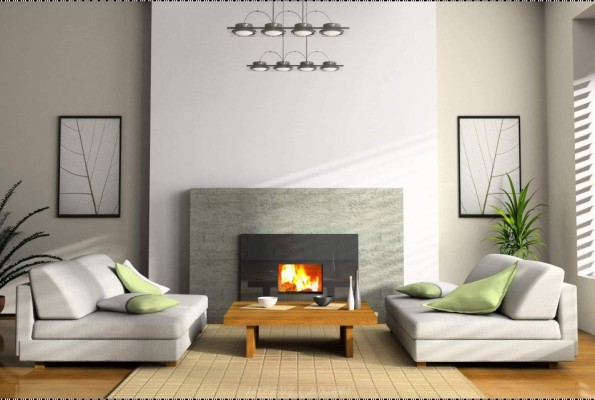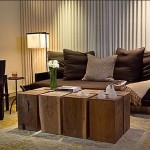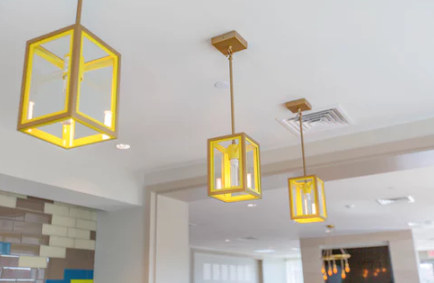Many people believe that interior design is some intricate puzzle. The perception is that you need advanced training and years of experience in order to come up with a design that will work. There’s a grain of truth to this belief but its not always the case. What many people don’t realize is that there are dozens of ways you can approach interior design and not all of them are complicated. Even if you have little or no experience, it’s perfectly possible to design a room you’ll love all on your own. Read below to find out how.
Begin by Establishing Your Function
Every room is going to have a specific function. That means it’s going to need specific furniture pieces, accents, and colors to support its function. When you start with the function of a room, it becomes easier to determine what kind of mood you want to foster and what pieces you need to support that vision.
Below are a few common rooms you find in most homes and how you can apply this concept to them.
The Living Room
The living room usually supports two primary functions – unwinding at the end of the day and entertaining guests. Both require that your mood be light and carefree and that people feel completely comfortable. You may want to encourage a little bit of energy for jumpstarting conversations when you’re hosting visitors.
The Dining Room
The dining room is, obviously, where your family and guests will assemble to eat. Comfort plays a big role here but there are some practical considerations too. You need ample seating space, sturdy furniture, and stain-resistant fabrics as well. Intimacy is key in your dining room since you want people to focus on food and interacting with each other. Of all the rooms in your home, your dining room needs the least amount of decor to function well.
The Bedroom
When you lay your head down to sleep at night, you want to eliminate distraction and anything that requires heavy concentration. You also want materials that are soft and supportive, even if they’re not the most durable. Colors should be cool and subdued to avoid overstimulating your emotions.
Choose a Unifying Theme
When you’ve determined the function of the room you’ll be decorating, the next step is to determine what your theme will be. Your theme will be the aesthetic sense that ties your decor pieces together. Different themes have different characteristics. You can even mix and match elements from different styles so long as they support your room’s function.
Great Themes to Use
There’s plenty of great styles and themes you can choose from. The two most important things to bear in mind when you choose are your own tastes and your room’s function. So long as you satisfy those two aspects, that theme will work for you. Some common themes include:
- Modern
- Bohemian
- Middle-Eastern
- Contemporary
- Traditional
- Oriental
- Scandinavian
Choose Your Palette With Emotions in Mind
We touched on the emotional state you want to convey when we discussed your room’s function. Your color palette is your most important tool for channeling emotions. Different colors fall into different categories based on the emotions they evoke.
Warm Colors
Warm colors are those that we associate with heat, such as red, orange, or yellow. They typically make people feel energized and excited. They’re perfect for subconsciously inspiring activity.
Cool Colors
Cool colors are ones we associate with feel feelings of cold, like blue, green, or purple. They’re perfect for setting your mind at ease and allowing you to relax.
Design a Layout to Bring Your Elements Together
Once you’ve chosen the colors, textures, and materials to suit your theme, it’s time to create a layout for your room. Your layout is where you’ll play with the furniture and decor pieces you select to create compelling design. There’s no right or wrong way to do this, so use whatever method works best for you.
If you’re having trouble creating a layout that makes sense, try incorporating a centerpiece. Arranging other furniture and decor to direct towards your centerpiece can help solve your arrangement problems easily. Anything can be a centerpiece, but if you really want an effective design, choose something like a coffee table or area rug that matches your design theme.
Tie It All Together
When your layout is completed to your satisfaction, you can then find the pieces that match your vision and create your budget. When you create your budget, I recommend that you first prioritize where you want to spend the majority of your funds. This will help you avoid spending all of your money without getting your most desired pieces.
As a general rule, you want to invest most of your money into new furniture. It often costs the most, and the more furniture costs, the higher the quality is liable to be. For accent pieces, wall art, and other miscellaneous decor items, you can usually settle for thrift items or DIY projects.










